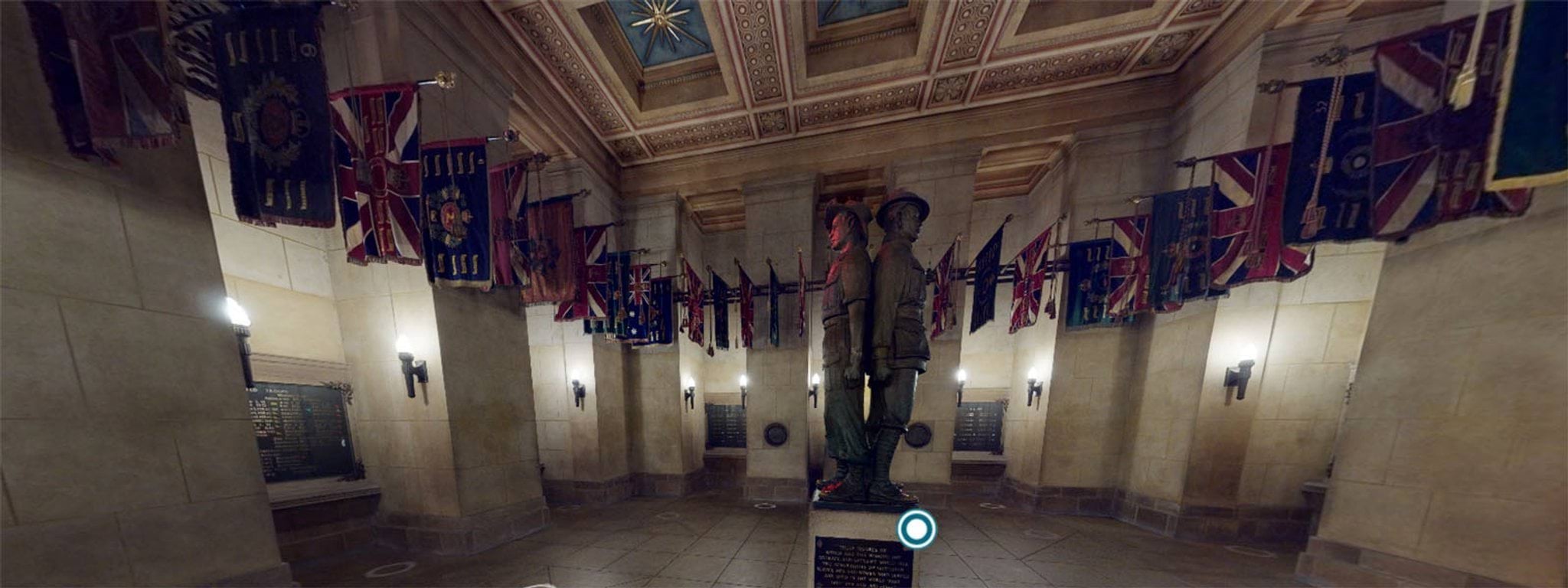Browse a large range of lesson plans for years 3 to 10 to use with our virtual tours and workshops. All include curriculum links.
Each lesson plan has:
- Curated online resources (video, pictures and readings) for before and after the tour
- A list of equipment and materials needed
- Student tasks suitable for sharing with the class or for assessment
- Curriculum links
You can change and adapt the lessons. Use them to plan about a week of learning or as the basis for an extended inquiry.
Each lesson plan contains links to the Victorian Curriculum:
- Primary lesson plans link to Humanities and cross-curriculum capabilities. The activities draw on skills like reading, note-taking, writing, and expressing opinions.
- Secondary lesson plans link to English and History. They draw on skills belonging to those curriculum areas.
Virtual Shrine Tour
Find out about online tours and workshops for all year levels.
Updated
